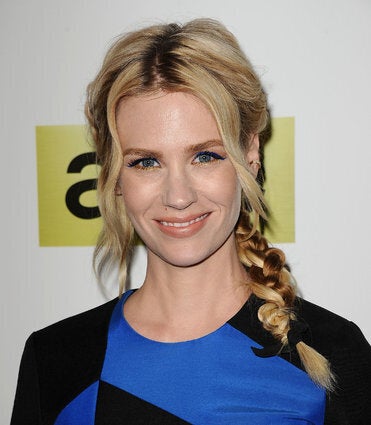Some women don’t give a second thought to their placenta after giving birth, but in New Zealand’s Māori culture, there is an ancient practice of burying the placenta after birth.
Now, an Australian photographer’s Facebook post is shining a light on this custom and inspiring Māori mothers to share their stories.
Last week, photographer and former midwife Emma Jean posted a photo she took of a Māori baby still connected to the placenta by its umbilical cord, which was curled to spell out "love." In her post, she explained that the Māori word "whenua" means both "placenta" and "land."
The act of burying the placenta "reflects the Māori philosophical view that the placenta, like the land, provides physical, emotional, spiritual and intellectual nourishment and furnishes all the needs of humanity," Ngahuia Murphy, a PhD candidate on Māori Philosophy and Cosmology at Waikato University, told Mashable Australia.
Additionally, this act “reflects the deep reverence and connection that Māori have with the earth, personified as Papatūānuku, a divine Mother Earth-like ‘creatress,’” Murphy said.
Since being posted, the image has inspired Māori mothers to share beautiful, personal stories about the tradition.
“My daughter is half Australian half Maori because she was born here I explained to my in-laws on this very tradition we have they were blown away,” one mom wrote. “So we buried her whenua here in Aussie and took her pito [umbilical cord] home so she is grounded in both of her countries.”
Another said: “We just buried our two girls Placentas yesterday (2/1/16) at a reserve in a forest named after my papa. We marked them with two pohutukawa maori princess trees.”
According to Mirror UK, Jean “did not expect to get such a huge response” to her picture.
“I decided to take this image of Harper as I wanted to show what a physiological birth looks like as most people have never seen a baby still connected to their placenta,” she explained. “I knew it was important to talk about the Maori tradition in my post, as the placenta is not something that is appreciated or honoured in the Western culture. It is generally discarded, ignored and considered disgusting. However without the placenta none of us would be here.”
Jean later added: “In a time when we are so disconnected from ourselves, our history and each other, the response to this image clearly shows that we all still crave a connection.”
ALSO ON HUFFPOST:
